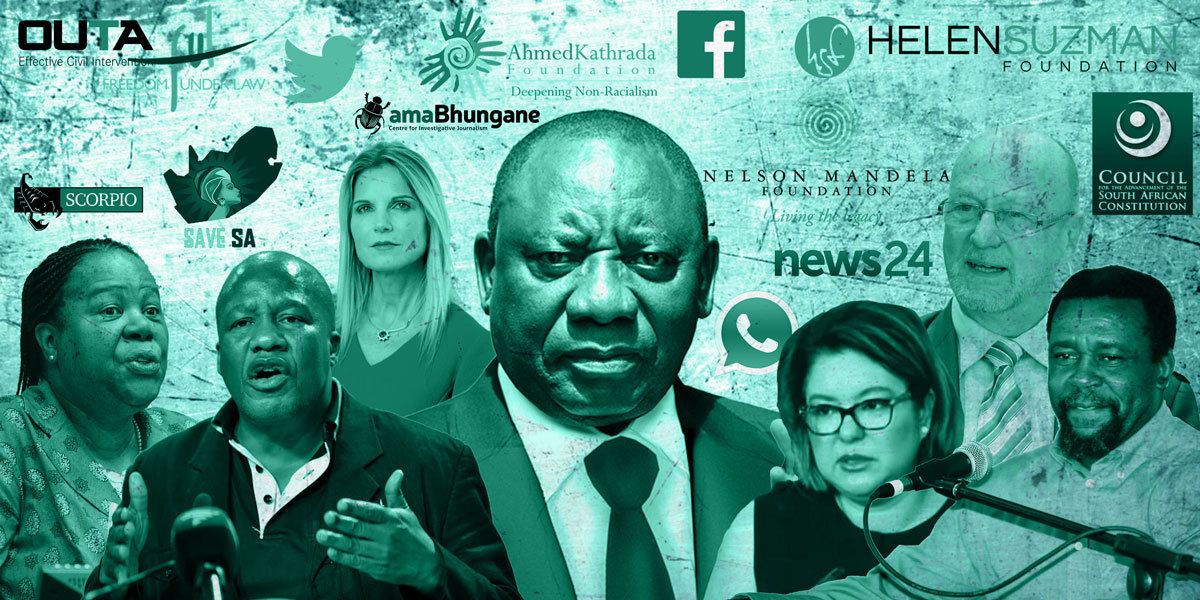It is like living in another country. The difference between captured South Africa in December and hopeful South Africa in January is like night and day.
It feels to me like a Rainbow Revolution -- another example of South Africa pulling itself back from the brink in remarkable style. How did we get here?
Almost every day, there is news to energise and encourage.
Since President Jacob Zuma fired former finance minister Nhlanhla Nene in December 2015, it often felt that state capture, the heightened form of corruption where state policy and the public fiscus are hijacked by private interests, was an ineluctable process.
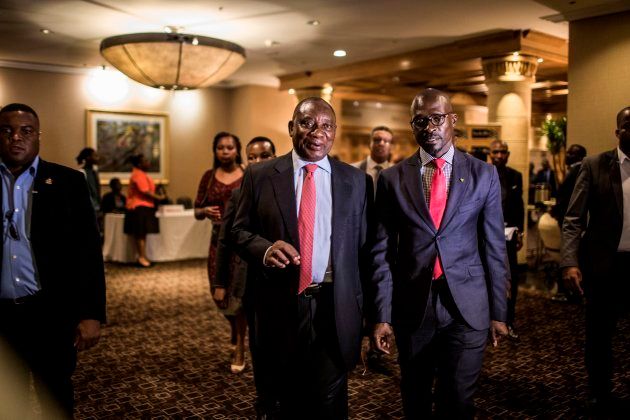
The brazenness of the Gupta family and their acolyte Salim Essa's attack on the state and its public companies, with cover provided by President Jacob Zuma, felt like it could never be turned around.
The hijacking of the Eskom board by Essa, who engineered its selection of no-name brand executives, made me think that we had entered banana republic territory where laws mean nothing as powerful cronies ride roughshod over them, thumbing their noses at the popular outrage.
We had lost about R100-billion and counting to state capture. This was money that could have made a substantial dent in South Africa's deep poverty and limited the projected budget deficit but with every revelation, it felt as if all we could do was limit the damage – like holding your finger in the dyke of looming disaster.
ALL CHANGE
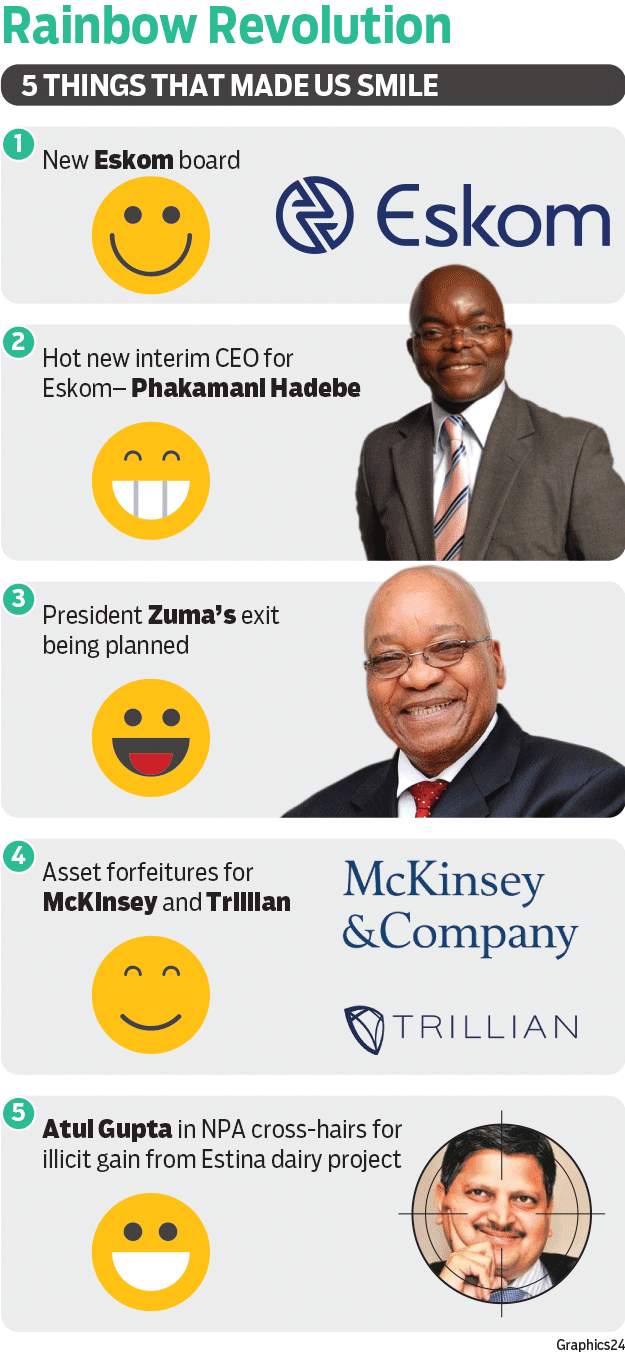
It's all change now and hope beckons on the horizon. As a South African, I feel enlivened and hopeful rather than battered and bruised. And why is this? Since his election as ANC president Cyril Ramaphosa and his team have clearly engineered a transition of symbol and hope.
We greeted the start of the year with news that a committed team at the Asset Forfeiture Unit of the National Prosecuting Authority had geared up. By last week they pounced on two massive symbols of the state capture story: McKinsey and Trillian, the management consultancies which had extracted hundreds of millions in cash from Eskom and Transnet.
Undoubtedly, Ramaphosa and his team have been grafting hard to move quickly and to galvanise the country with a different mood.
By Saturday, there was an exorcism at Eskom where an entire layer of corrupt managers has been taken out and the feisty former taxi owner and business luminary Jabu Mabuza put in place. You don't mess with him. The rest of the board is like a roll-call of royal South Africa – excellent and principled business executives with a healthy number of knowledgeable technocrats.
This is a sea change from Zuma's pattern of packing the parastatal with useless cronies and connections who ease capture and use their board positions as jobs.
By Sunday, the same AFU had evidence of how Atul Gupta benefited directly from state transfers – this time from an ostensible dairy farming project with the Free State government. City Press reported there are, get this, 200 cases coming! Clearly, there is deep prosecutorial attention being paid to state capture and good people in the NPA needed a political change to move.
Almost every day, there is news to energise and encourage.
BEHIND RAMAPHOSA'S RAINBOW REVOLUTION
Undoubtedly, Ramaphosa and his team have been grafting hard to move quickly and to galvanise the country with a different mood. But Ramaphosa has ridden in the slipstream of a different kind of politics in South Africa, which holds numerous lessons for entrenching democracy and driving change.
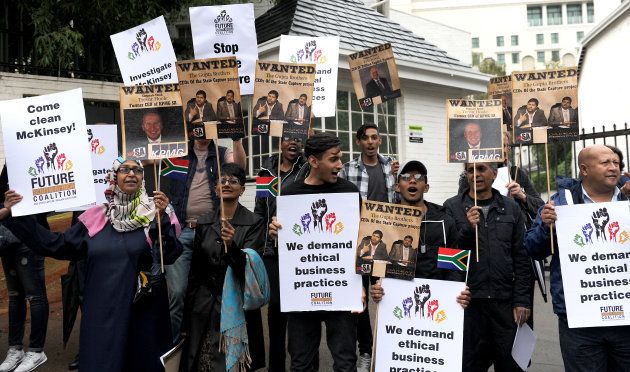
Without the bravery of individuals and the activation of a new generation of leaders, the moment we sit in now would likely not have been possible. Here's what we think happened and whom we have to thank for getting us to where we are now
THE WHISTLEBLOWERS
The story starts with investigative journalists – notably amaBhungane, the investigative journalism nonprofit which has for years tracked the Gupta family and their various nefarious incursions on the state.
With News24 and Daily Maverick, amaBhungane was perfectly placed to mine and report on the #GuptaLeaks emails. The story is not yet known, but it appears a whistleblower there got the ball rolling by exposing, by internal communication, the X-ray-like detail of how the Gupta network operated to get its tentacles into the state.
Later, more brave whistleblowers would come forward.
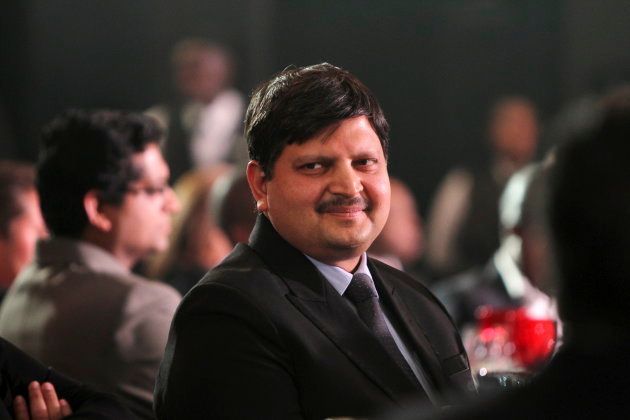
Bianca Goodson laid bare how Trillian, the Gupta family's management consultancy majority owned by its confidante Salim Essa, wrapped its greedy fingers around work at Eskom and Transnet. And, at Eskom, executives like Suzanne Daniels and Khulani Qoma broke the fear of silence and revealed how the board and executive directors had aided and abetted the capture of Eskom.
THE FOUNDATIONS
Like sentinels, the foundations of great South Africans provided the space and the cover to stage a popular fight against corruption and state capture. The Ahmed Kathrada Foundation hosted a series of memorials to its founder when he died in March last year and turned them into rallies against corruption – Kathrada died a few days before former finance minister Pravin Gordhan was fired and the rallies became staging points for mass mobilisation.
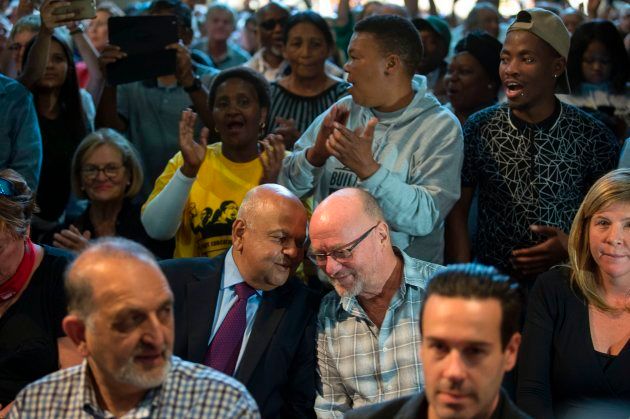
The Nelson Mandela Foundation and the Helen Suzman Foundation have also mined the legacy of the people in whose honour they have been created to use their resources and their ability to convene to further activate new constituencies of opprobrium.
CIVIL SOCIETY
In addition to the Foundations, civil society organisations became like instruments of Chinese water torture to the captured organisations and individuals. And they scored significant and successive victories in court.
One of the leaders here was the Organisation Undoing Tax Abuse (Outa), the mega-wealthy and tactical group, which grew out of the successful boycott of the urban road tolling. Outa has brought successive court cases against various state-owned companies, individuals and government departments which were the arena of capture.
The Council for the Advancement of the South African Constitution (Casac) put voema into the NPA when it brought a case to get the appointment of the national director of public prosecutions, Shaun Abrahams, rescinded.
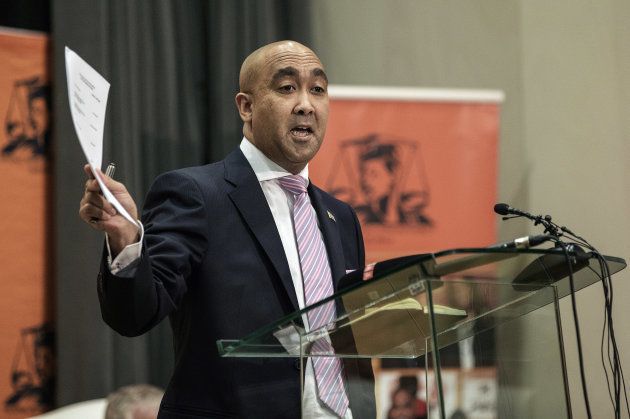
It succeeded at court in December and this outcome has been key to the new activism in the NPA.
SOCIAL MEDIA
Social media has been a huge friend in the fight against state capture. While the Gupta family and its crony PR company, the now-bankrupt Bell Pottinger, tried to create a massive social and mass media misinformation campaign to sow confusion, it failed miserably.
Instead, Twitter turned into a tool to out the campaign and to eventually bring down Bell Pottinger.
In addition, the ability to create memes and display opposition influenced how society turned on the Gupta family. Twitter's memes and themes were the 21st-century answer to the brilliant T-shirts, posters and other forms of propaganda which undergirded the culture of the struggle against apartheid.
Social media has altered politics and democracy in South Africa and made political parties less powerful.
Facebook played a role too for it allowed its members to share virally the investigative journalism, which might previously only have circulated in elite audiences.
WhatsApp groups became the main means of organising new groupings and constituencies that organically formed themselves into people movements against corruption. Meetings were organised, popularised and information spread by the mushrooming of thousands of chat groups. Social media has altered politics and democracy in South Africa and made political parties less powerful.
INTERNAL OPPOSITION
The mood in the country infected some in the ANC who were equally aghast at revelation after revelation of capture and corruption. The hubbub and new forms of activism and organisation in the broader society created space for internal opposition in the ANC.
This is a vital change to understand because it shows the ANC hegemony became less of a force than a more popular mobilisation which was both organic and led by civil society organisations.
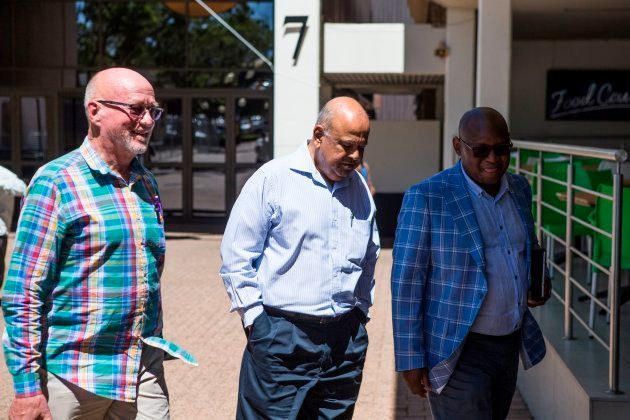
Within the ANC, the national executive committee became a site of struggle as leaders like Derek Hanekom and Joel Netshitenzhe used the space being created outside the party to push for President Jacob Zuma's ouster.
It didn't succeed, but it opened up further room for a clean-out as the ANC caucus at Parliament found its voice under chief whip Jackson Mthembu who allowed open inquiries into state capture to take place without it being shut down by Zuma acolytes.
IN THE END, RAMAPHOSA HAD VERY LITTLE TO DO WITH IT
Ramaphosa is the man of the moment and he is clearly ready and able to take the mantle of leadership. But he is reaping the fruit of a different form of politics in South Africa that was shaped outside of party politics and which holds tantalising possibilities for accountability and for democracy in South Africa.
